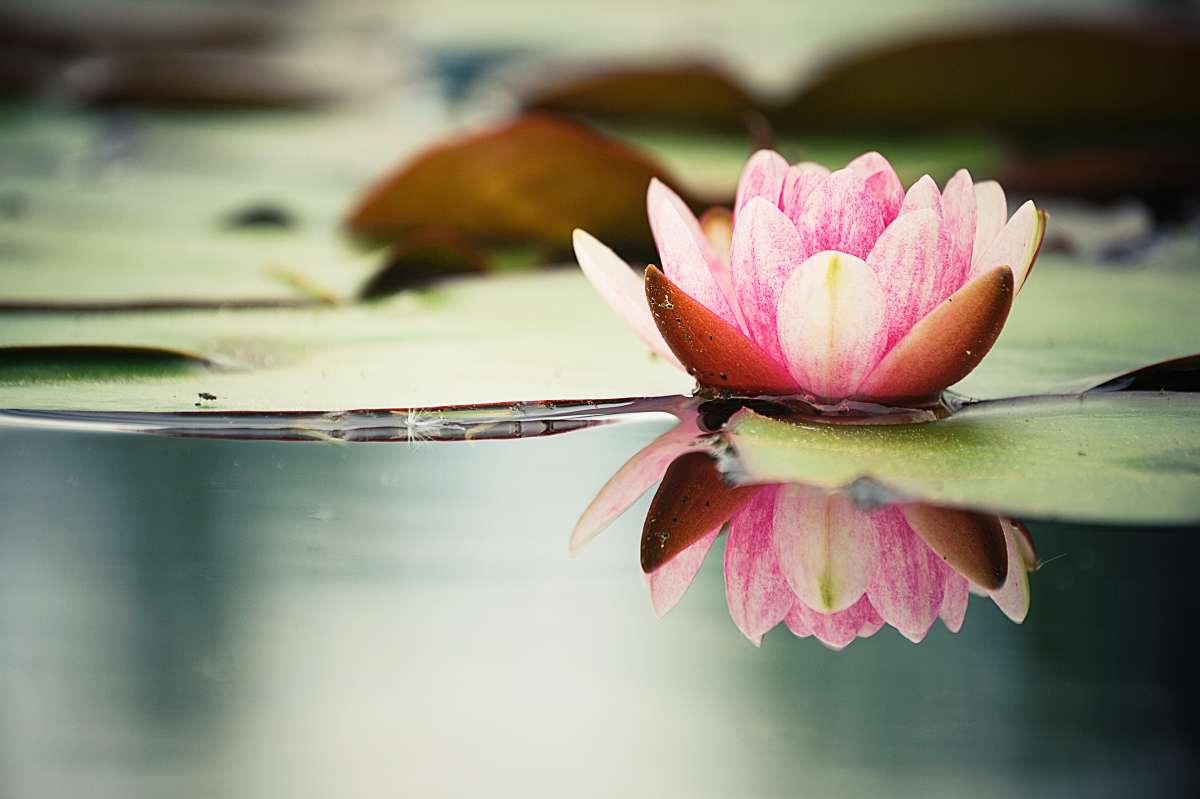Thousands Of People Lined Up to See Lotuses And Water Lilies Bloom Together in a Magical Garden Setting

In 1951, a Japanese botanist named Ichiro Ohga visited a dry lake bed in Southern Manchuria and collected some lotus seeds. From his collection, he passed on three of these seeds to a University of California paleobotanist, Ralph Chaney, who germinated them in Kenilworth Park and Aquatic Gardens. Today, inside the sprawling 700-acre stretch of the national park, meditating in a display pond is a lotus that blossomed from these ancient seeds. Clustered within dew-drippy green leaves, the lotus gazes at the sky. Tucked at the center of its pink-petalled cup, a canary yellow notch basks in the sunlight along with turtles and leaves that are pulsating in the lake waters. This is just one of the flowers visitors recently witnessed at the Lotus & Waterlily Festival at the park.

2025 Lotus & Waterlily Festival
In conversation with the Washingtonian, the NPS Program Manager of Visitor Services and Park Ranger Vince Vaise revealed that this year, lotuses and water lilies bloomed a little later, in mid-July, as compared to the previous year's blooms. The festival was held from Friday, July 18th, to Sunday, July 20th. Thousands of locals jumped in to lose themselves in the breathtaking visuals offered by these gorgeous water blooms. “This year’s festival is a celebration of the connections between animals, plants, the environment, and our community,” the NPS described on the website.
The Lotus Effect
Documenting on the website, the aquatic garden revealed that the lotuses displayed in the ponds during this festival featured a range of three colors - pink, yellow, white, or a combination of these. The lotuses, they said, depicted a clean, pristine appearance thanks to a slurry, waxy coating enrobing their petals. This coating prevents the flowers from getting wet or dirty. This "self-cleaning" characteristic of these lotuses is often referred to as the "Lotus effect." "Water that lands on its surface will be repelled and carry with it dirt and mud, leaving the plant with a clean appearance," explains the website.
Showstopping lotus varieties
The trails bordering the water ponds were punctuated with dozens of lotus varieties from African to American. The list included models like Manchurian lotus, Chinese double rose lotus, Empress lotus, and Sacred Asian lotus. In contrast with these lotuses, the water lilies exhibited during the festival had bloomed since mid-April and will continue to blossom till mid-September this year.
Water lily varieties
View this post on Instagram
Like lotuses, the water lily family consisted of multiple types of flowers, mainly hardy and tropical. The hardy ones, with white, yellow, and pink petals resembling Pac-Man, are cold ladies. They can withstand extremely cold temperatures, unlike their sister tropical water lilies. The tropical cousins, materializing in pink, peach, and purple varieties, thrive in warmer climates. The various blooms that welcomed the visitors in this lily pad included Helen Fowler water lilies, Spatterdocks, and white hardy lilies.
Some of them rolled out mats and spread them on the grassy grounds to participate in holistic yoga sessions. Others mounted canvases in the park and immersed themselves in mimicking the water flowers with colors and paintbrushes. Somewhere, between these rejuvenating activities, the state of D.C. was drowned in a window of surreal peace.
More on Green Matters
Conservatory Planted the Smelliest Flower — and Thousands of People Gathered to Watch It Bloom
This Nursery Opens Once a Year to Sell Native Plants for Less Than $1 — and Helps Preserve Ecosystem
Scientists Resurrect Lost Biblical Plant From a 1000-Year-Old Seed — It Has Now Grown 10 Feet